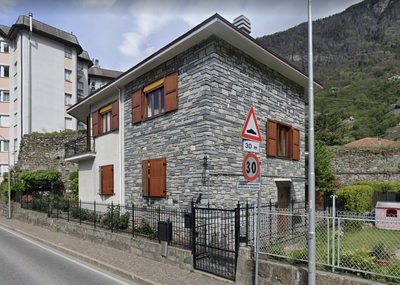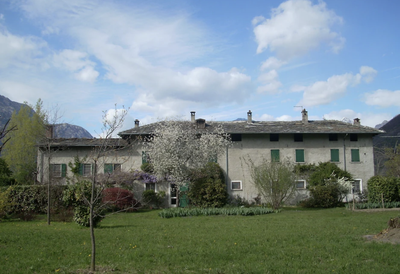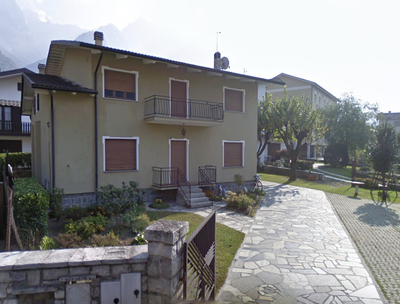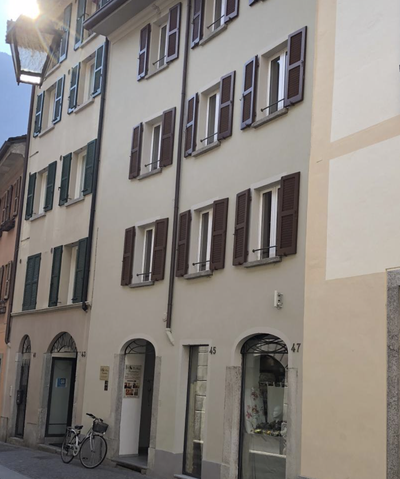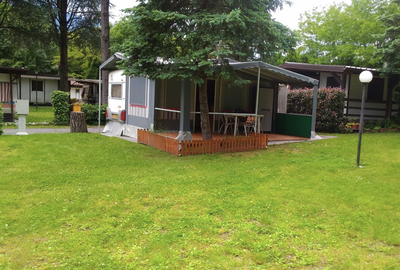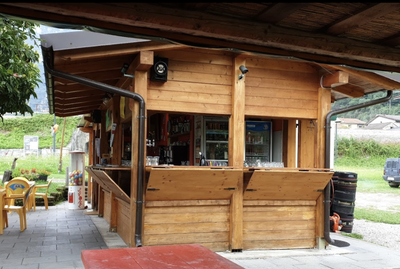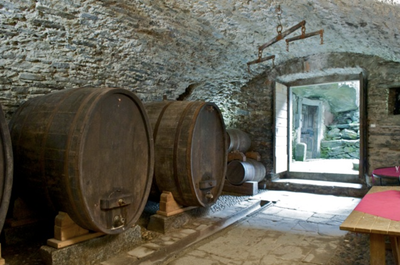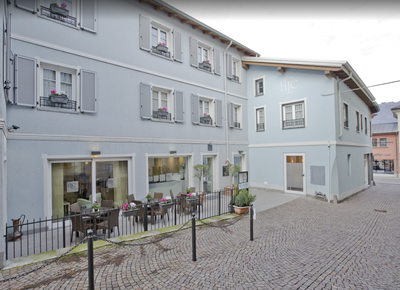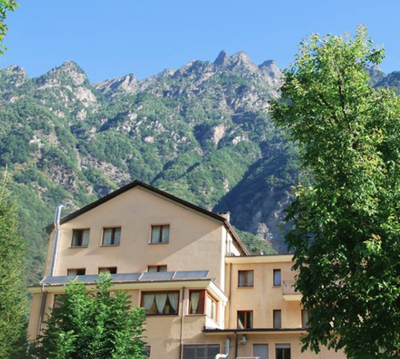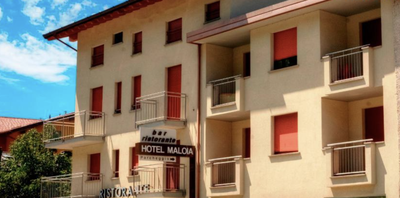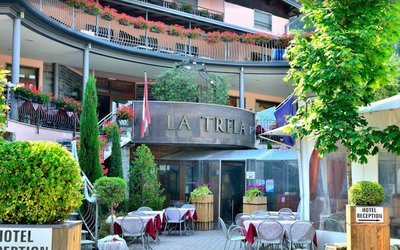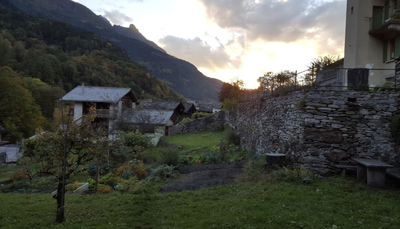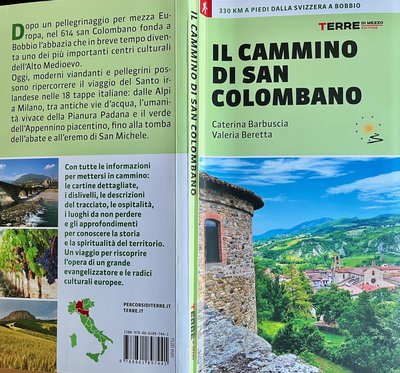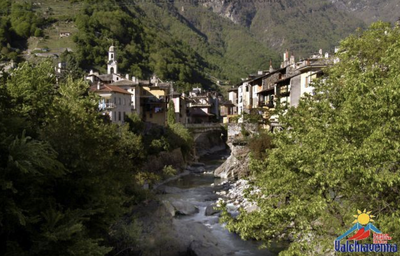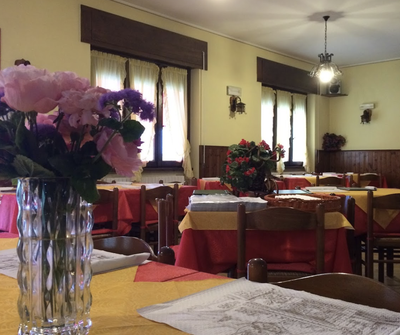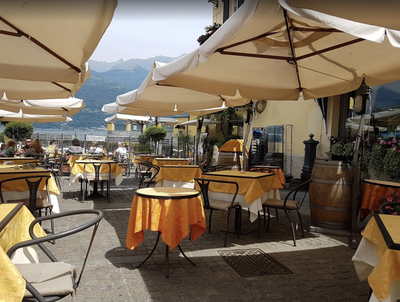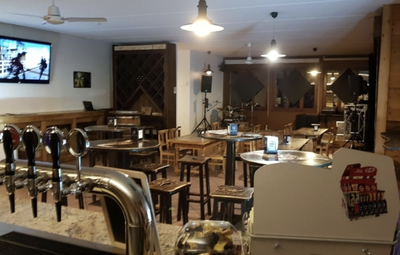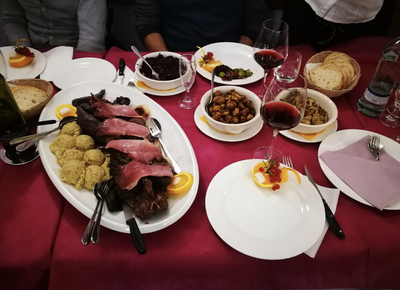
1. Castasegna to Colico
14 points of interest
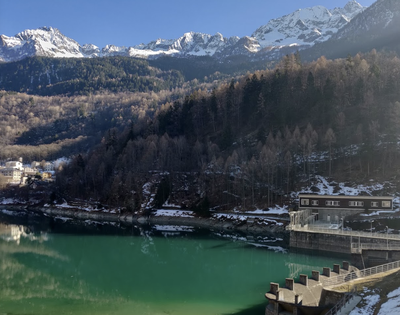
Lac Mera PanoramicLake Mera
Water retention lake for electricity production in its setting of snow-covered mountains.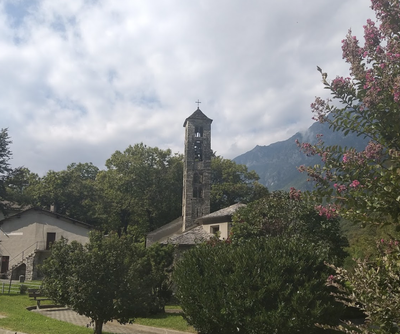
Santa Croce TouristChurch of San Martino in Aurogo
A small mountain church with a bell tower that is characteristic of the churches in the valley.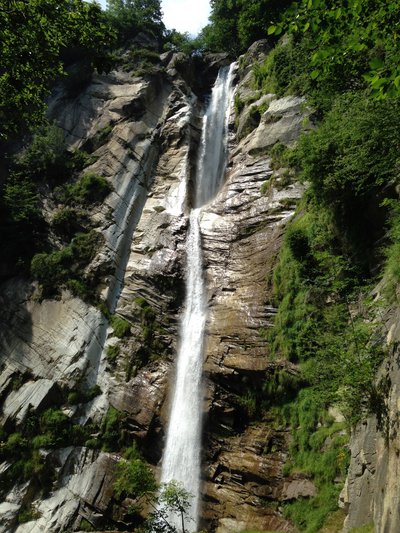
Une cascade parmi d'autres - Amis St Colomban PanoramicWaterfall
A waterfall among others falling from the mountains in the Fiume Mera valley.
Prosto TouristChurch of the Blessed Virgin of the Assumption
Beautiful mountain church with a cave of Lourdes accessible by stairs on the left.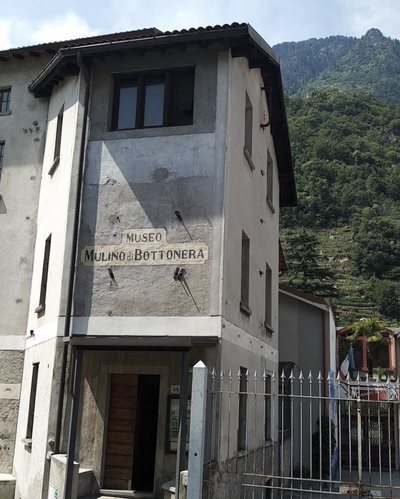
Chiavenna TouristMuseum Mill of Bottonera
Museum installed in an old mill that allows to understand all the phases of the transformation of cereals obtained by the driving force of water.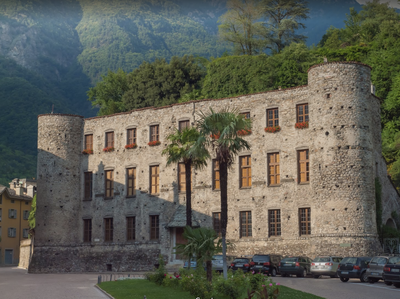
Chiavenna TouristPalace Balbiani
Beautiful 15th century building bought by the Generali group which made it its offices. Nestled in the heart of a medieval village full of small alleys where it is pleasant to stroll around to admire the windows of small shops and other porches that overlook courtyards or indoor gardens.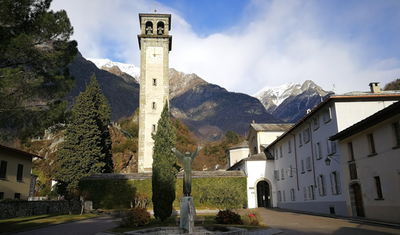
Collegiata San Lorenzo CulturalCollegiate Church of San Lorenzo
Collegiate church of San Lorenzo of Romanesque origin, rebuilt after the fire of 1538, with the magnificent cloister of the cemetery and the isolated bell tower, the recently built Treasure Room is remarkable, where the famous and precious treasure is also displayed.
Pace (upper cover of an evangelist, 12th century Lombard-Renian art). To the left of the church is the baptistery where the Romanesque baptismal font, consisting of a monolith in soapstone with reliefs, is preserved (1156).
Crotti TouristCrotti, regional originality
Interesting and particular to Chiavenna are the "crotti", the natural cavities due to the old landslides in which air currents (sisters) from the internal voids circulate: the temperature is never higher than 10 ° C, therefore ideal for the storage of wine, cheese and meat. At the mouth of these cavities, the Chiavennaschi have built small buildings for friends' meetings or used as typical places where you can taste the local specialities. Near the station, in a square with century-old plane trees, Pratomagno, there are the most characteristic eruptions. The famous Sagra dei Crotti takes place on the second Sunday in September.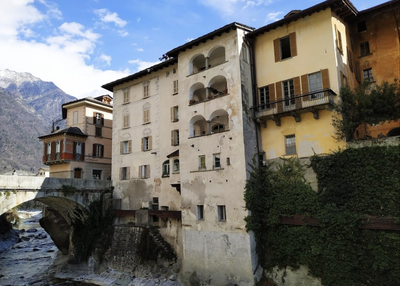
itinéraire TouristRoutes in Chiavenna
Paradise Park: an interesting botanical-archaeological itinerary. Potholes path of the giants, an area with glacial formations dug in the rock. It is also pleasant to walk around the city from the SS36 bridge over the Mera river, to observe the houses built overlooking the river, some of them are pastries or bars that also overlook via Dolzino, have small terraces that allow you to enjoy an aperitif while admiring the environment. Going through Dolzino, the main street, you are in front of the Palazzo Salis, now transformed into a B & B, ask the nice owner to be able to admire the beautiful ballroom in the rococo style. Via Dolzino offers elegant gates, remarkable palaces, beautiful windows and the stone of the pillory.
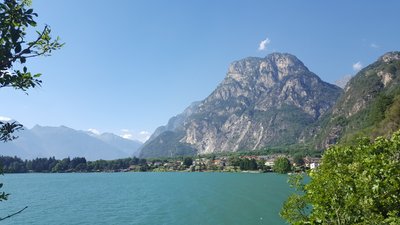
lac Mezzola - Amis St Colomban PanoramicLake of Mezzola
Panoramic view of Lake Mezzola at the point where the mountain river Mera flows into this lake, the first of a long series.
Église san Colombano St ColumbanSaint-Colomban Church
On the small lake of Mezzola is the village of Campo with the old parish church dedicated to San Colombano. The temple, now deconsecrated, suffered serious damage as a result of the war. The idea is to restore the old building and to highlight the Colombian memory of the place.
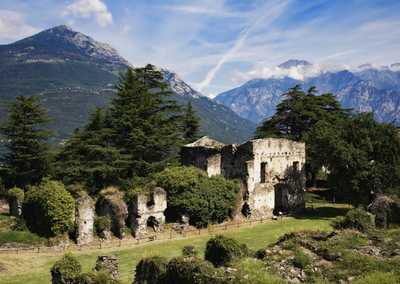 Historical
HistoricalFort of Fuentes
Built in the 17th century by the Spanish on the hill to the east of Montecchio, the Fuentes fort is a remnant of Spanish rule to protect the outlets of the Alpine passes. It was destroyed in 1796 by Napoleonic troops.
lac de Côme PanoramicMonteggio
Panoramic view of Lake Mezzola from Monteggio. Spacious and clean place to rest and enjoy the lake before going up into the mountains or continuing on the shore by bike. Historical
HistoricalFort of Montecchio
Description
Join the national road or strada statale N°37 (SS37) by a passage that avoids detours. After the torrent Lovero which marks the border, go down to the right on the road below and parallel to the SS27. Follow it for 100m to the bicycle/pedestrian tunnel under the road. After the tunnel, take the winding track on the left, which goes up 150m along the Mera River to a footbridge. From now on, go down the left bank of the Mera to a small lake:
- Take the road on the left at the hydroelectric power station. At the first bend in the road, continue straight on the San Barnaba path which climbs into the forest and then goes down again to cross La Mera again and reach the Santa Croce Ponteggio cycle path. Cross La Mera to return to the right bank. At the road bridge on the right, continue straight ahead on via Bregaglia.
- At the crossroads with via per Scilano, continue opposite on via della Conca. In the next yaw of the road, continue straight on the track via Bregaglia which crosses the Méra river to reach the village of Prosto. Take the road bridge to the left and turn right at the church in front of the bridge. Following this bank, reach Chiavenna via Maurizio Quadrio. Turn left on Via Giovanni Battista Picchi to reach San Lorenzo Basilica.
- Turn right on the square to reach Via Francesco e Giovanni Dolzino, a narrow shopping street. At the end on the square of the fountain, turn left on Via Carlo Pedretti until you reach a roundabout. Take the second street on the right (Via Mario del Grosso) which runs along the Fiume Mera until you reach a bridge. Cross the river at this level and follow the other side by a path that passes near sports facilities. Before the confluence with the Torrente Liro, the path turns right to join a track and a bicycle/pedestrian footbridge to cross the torrent.
- After the footbridge, turn left onto the cycle path along the stream and then again onto the Mera River. Pass under the SP43 and continue on this bank of the Mera until you reach the next road (SP2 Via Trivulzia) which crosses the river. Turn left and then right after the bridge to follow the opposite bank.
- Cross the SP2 road a second time and continue on this straight track which, further on, passes under the SP2 for the third time. The track follows the bank of the Mera river to deviate from it and join the Torrente Valle del Pericchio and the SP2 before Novate Mezzola.
- After the bridge, turn right (red/white markings) and follow the left bank of the stream to the shore of Lake Mezzola. Follow this shoreline to sports facilities where the path joins the railway. The track crosses the Torrente Codera and runs along the El Ranchero campsite before passing under the railway. At this level, it is possible to climb up to the Oratorio di San Colombano by the Via San Colombano which cuts off the SS36 road. Otherwise turn right after the tunnel to continue towards Verceia along the lake.
- After Verceia, the track then follows the lake and the railway, taking advantage of sections of the old SS36 road. She deviates from the track for a moment to reach it further before reaching SP4 Via Regina.
- Turn left on this road until the roundabout with the SS36. Follow this road to the right by taking the left sidewalk. Take the second street on the left (Via Don Luigi Guanella) then the second on the right (via Ezio Vanoni). At the crossroads with Via della Torre, turn right and take the second road on the left, Via Ambrosini Abele Medaglia d'Oro, which extends along a dirt road, sometimes muddy, towards the Adda embankment and then right on the embankment to the bridge over the Adda de la SS36. Turn left and cross the river using the protected footbridge. At the end of the bridge, go down to the left to pass under the SS36 and the railway and along the left bank of the Adda River. The track returns to Lake Como, crosses the Torrente Tavani and joins the shoreline under a fortified hill.
- At the foot of this hill, at the level of a bridge over the Torrente Inganna and solar panels, turn left on the track along the stream until you reach Via alle Torri (next bridge). Turn right before crossing the railway and continue until the roundabout on Via alle Torri. Continue along the railway line to reach the passage (Stazione) that crosses it and leads to the Via Nazionale. Turn right until the second street on the left (Via Padre Reginaldo Giulani) which leads to the destination.
- Departure : Church of San Giovanni, main street of the village, 7608 Castasegna (Switzerland)
- Arrival : Church of San Giorgio, via Parravicini 1, 23823 Colico
- Towns crossed : Graubünden and Lombardia
Altimetric profile
Transport
Bus St Moritz-Chiavenna: wooden 4
sbb.ch
Report a problem or an error
If you have found an error on this page or if you have noticed any problems during your hike, please report them to us here:
Close by26
Information
Il Cammino di San Colombano (Terre di Mezzo)
New guidebook in Italian published in 2022 on the Cammino di San Colombano between Villa di Chiavenna and Bobbio, at the end of the Septimer pass in Switzerland.
A previous guidebook was published in 2016 by Piernoè Barbante and Daniela Pescatori which detailed in a different way the route between Chiavenna and Bobbio after the Splugel pass in Switzerland.- Information



